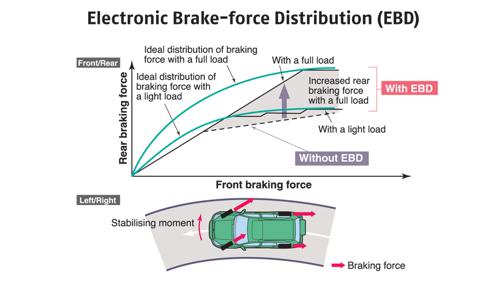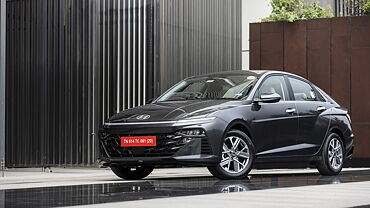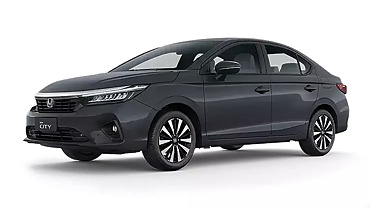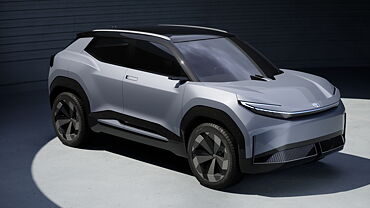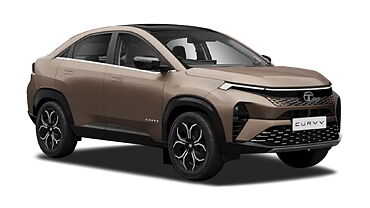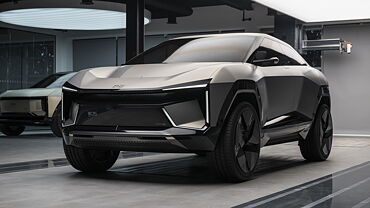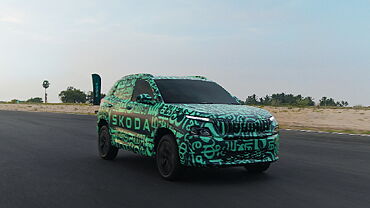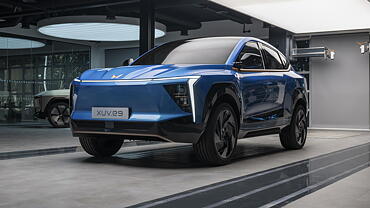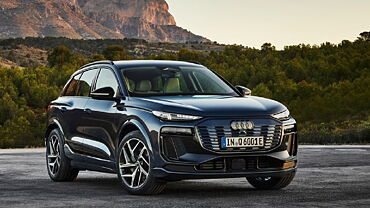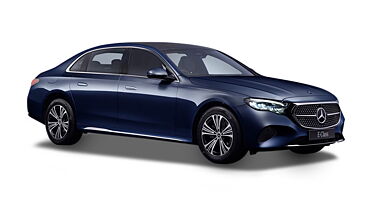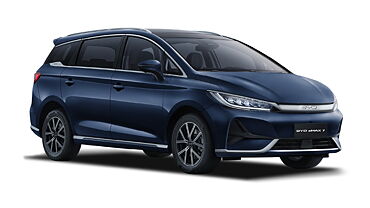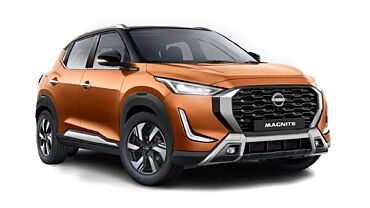Car buyers these days have increasingly become savvy in their choices. No longer are the old favourites in terms of buying considerations the only ones being considered. Sure, fuel economy and cost of ownership still rank high on buyer’s minds, but safety too has increasingly become just as important. Most new cars on sale these days come with a wide range of safety equipment on board.
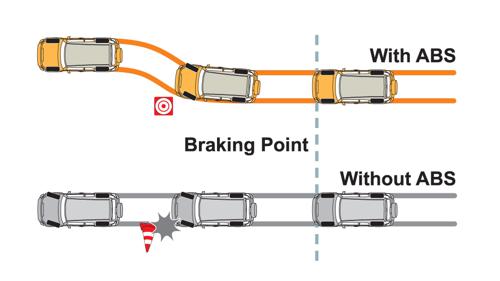
No two cars are built the same and while manufacturers are trying their best to put their best foot forward, it still is important to understand the different types of car safety technology on offer today.
Anti-lock Braking Systems or ABS as they’re known, make sure that a driver retains steering controls even in the face of emergency braking manoeuvres. Often, they’re the first line of defence when it comes to steering one’s way out of trouble.
Air-bags have been known to play a significant role in saving lives in the event of an accident. Of-course, they are only effective when the occupants have fastened their seatbelts. Additionally, manufacturers have increasingly begun to offer curtain and side air-bags that prevent injuries to passengers even in the case of a side-impact.
Electronic Brakeforce Distribution (EBD) systems on new cars have significantly improved braking performance. Used exclusively in tandem with ABS, the EBD system varies the braking force at each wheel based on its speed, surface conditions and grip levels among other factors. This is done in a way that maximizes the stopping power available.
But vehicle safety technology is more than just a bunch of systems put together. Car makers these days are making sure that their products are inherently safer from the design and engineering phase itself. They’re spending time and resources towards ensuring that the cars they ship out to customers, are better designed in every possible way from a safety perspective.
From spending time in the wind-tunnel and on advanced mock-ups to using better manufacturing practices, car manufacturers are leaving no stone unturned in their efforts to make their products safer. They’re designing better crumple zones in their cars. These ensure that impact forces are distributed efficiently and with minimal damage to passengers. Even the materials used inside the cabin are being given careful thought.
The government too is starting to get serious on car safety technology. It is contemplating a ruling that would make key safety equipment like air-bags and ABS systems mandatory for all cars sold in the country. The improved focus on vehicular safety in the coming years is sure to pay rich dividends by way of reduced accident related injuries and fatalities.